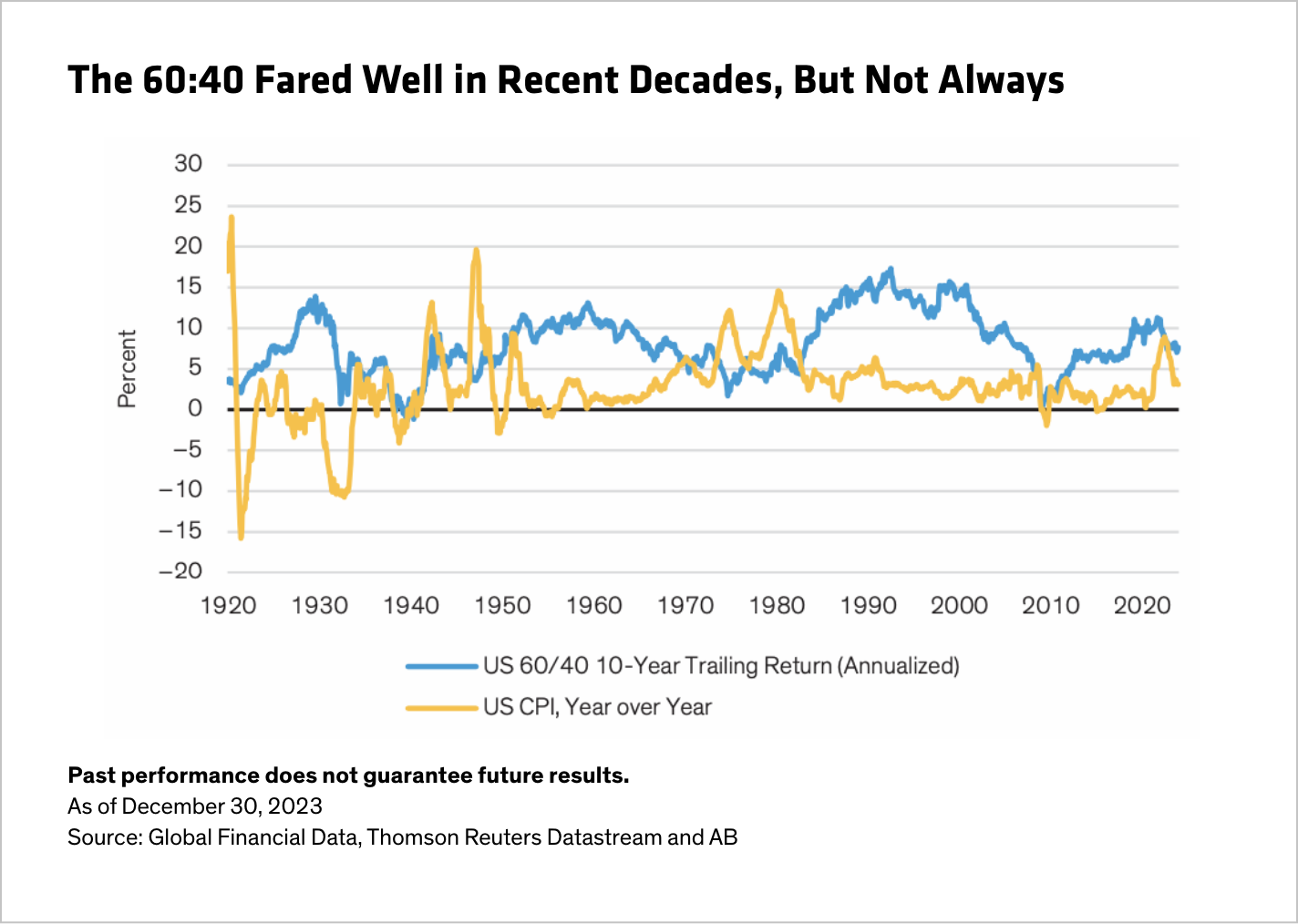A Preliminary Language for a Post-Global World
Read the Research
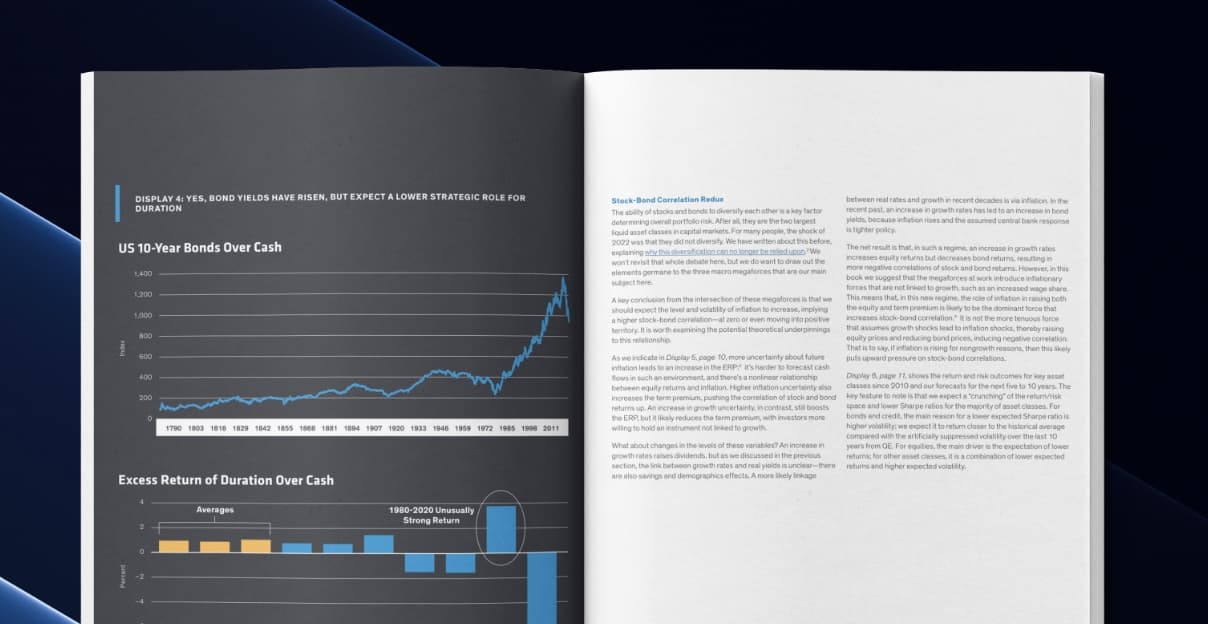
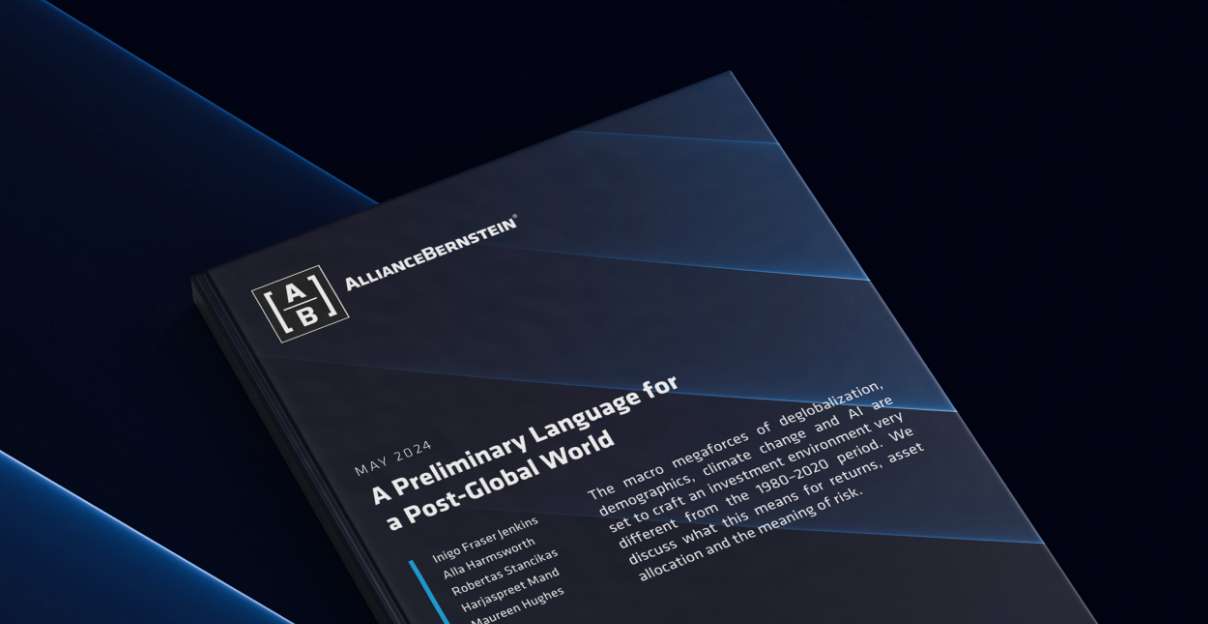
- Part I: The Strategic Context
- Part II: The Role of Active Investing and Private Assets
- Part III: What is a Benchmark? What is Risk?
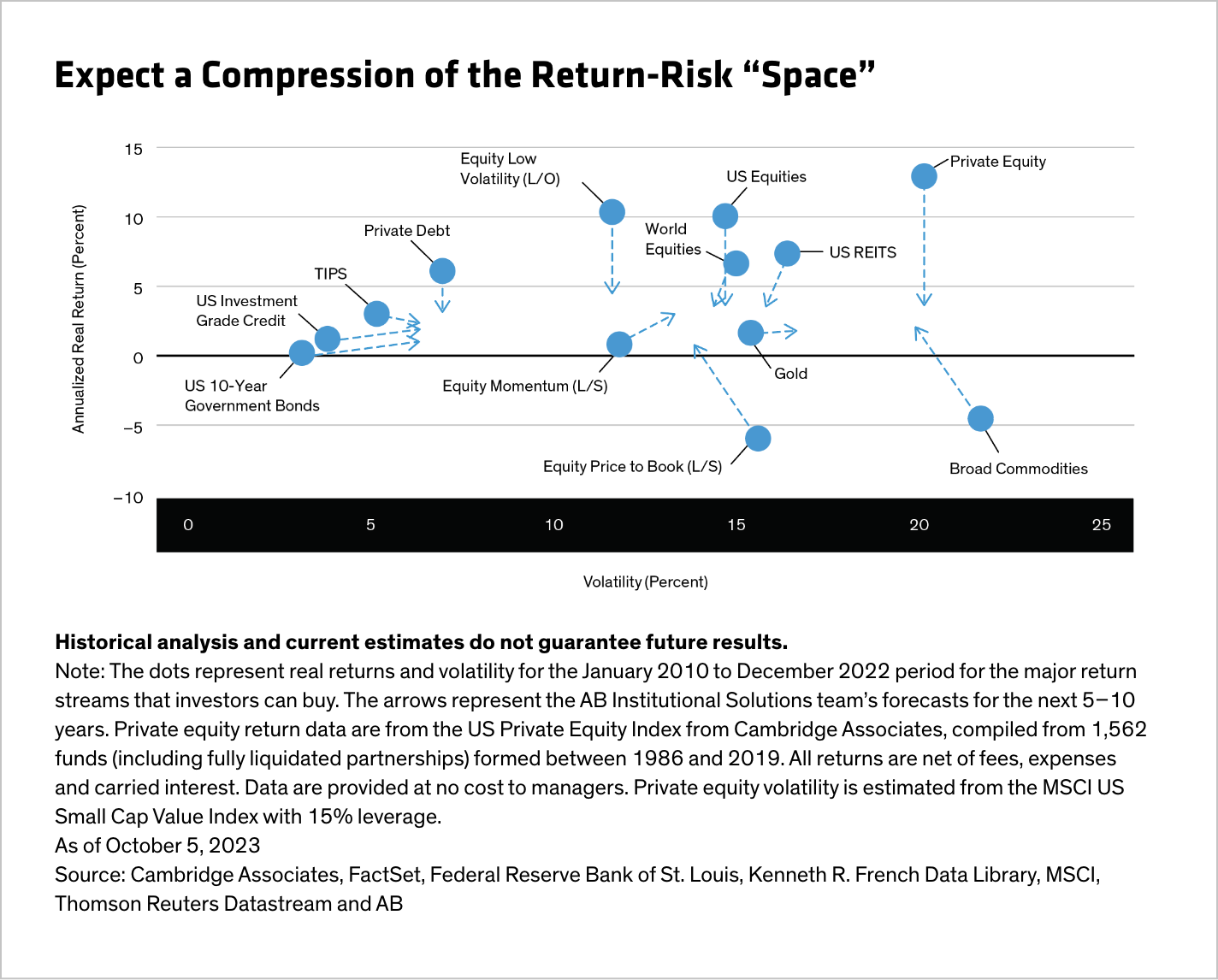
Related Videos
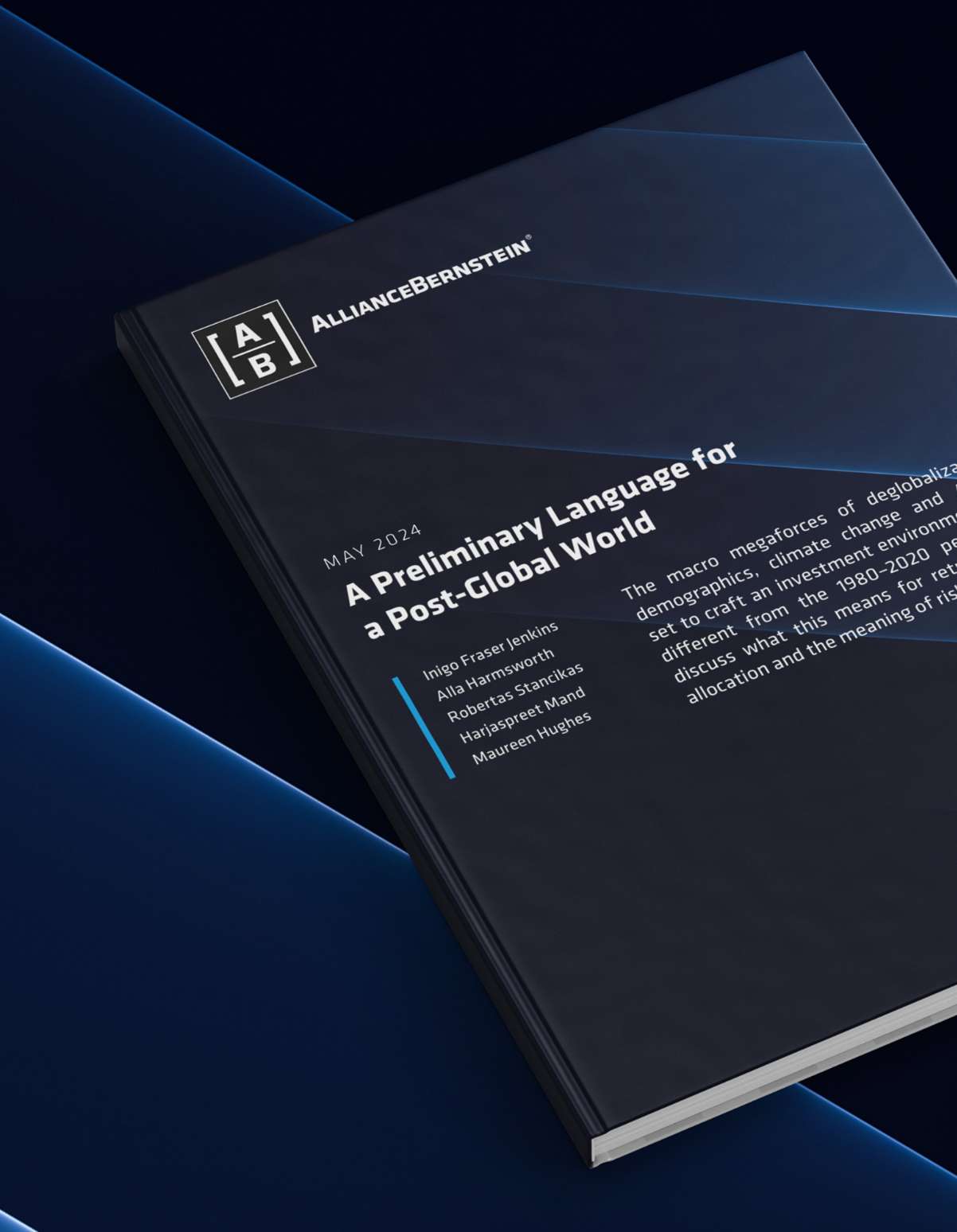
-
Macro Mega-Forces: Demographics, Climate Change and Deglobalization
-
Productivity, Democracy, Power and Truth: The Influence of AI on Markets and Investing
-
The Role of Private Assets in Strategic Asset Allocation: a Macro Perspective
-
A Cut Above: Why Idiosyncratic Alpha is Better than Beating the Benchmark
-
ESG Investing and its Discontents
-
Too Much Certainty is a Terrible Thing: Benchmarking and the Meaning of Risk
-
Strategic Asset Allocation

